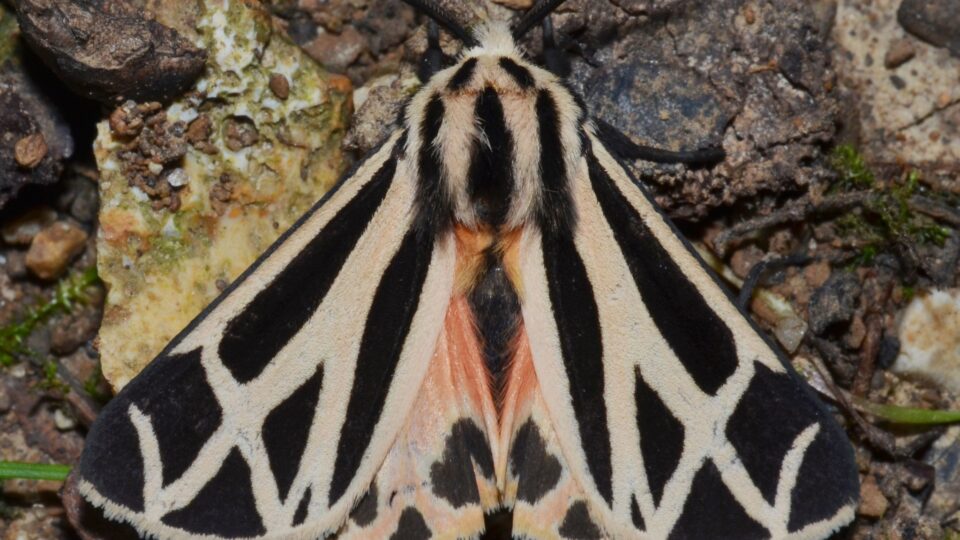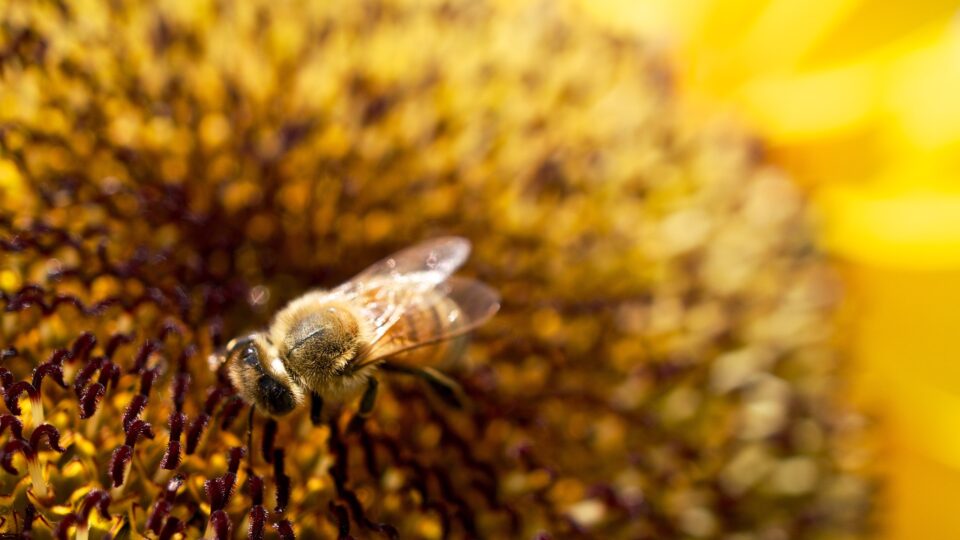Insects can be found in every environment on Earth and play crucial roles in the planet’s ecosystems. In fact, Biologist E. O. Wilson once said that “if all mankind were to disappear, the world would regenerate back to the rich state of equilibrium that existed ten thousand years ago. If insects were to vanish, the environment would collapse into chaos.”
While his statement may sound extreme, it’s really not an exaggeration. Insects are critical to most ecosystems. They pollinate more than 80% of plants – both those we eat and those that provide food and habitat for other species. Insects are also a food source themselves, eaten by other insects, birds, fish, and mammals. Without insects, we wouldn’t have the rich biodiversity that supports life on earth today.
But insect populations are collapsing around the globe, and they continue to be overlooked by conservation efforts. Protected areas, like national parks, refuges, and sanctuaries, can safeguard threatened species, but only if those threatened species actually live within the protected areas.
According to a new study recently published in the journal One Earth, 76% of insect species are not adequately covered by protected areas, including several critically endangered insects such as the dinosaur ant, crimson Hawaiian damselfly, and harnessed tiger moth. Alarmingly, the populations of 1,876 species do not overlap with protected areas at all.
Insects have been historically overlooked by conservation programs and need to be included in future conservation assessments.
**********
Web Links
Protected areas fail to safeguard more than 75% of global insect species
Photo, posted August 21, 2014, courtesy of Andy Reago & Chrissy McClarren via Flickr.
Earth Wise is a production of WAMC Northeast Public Radio



